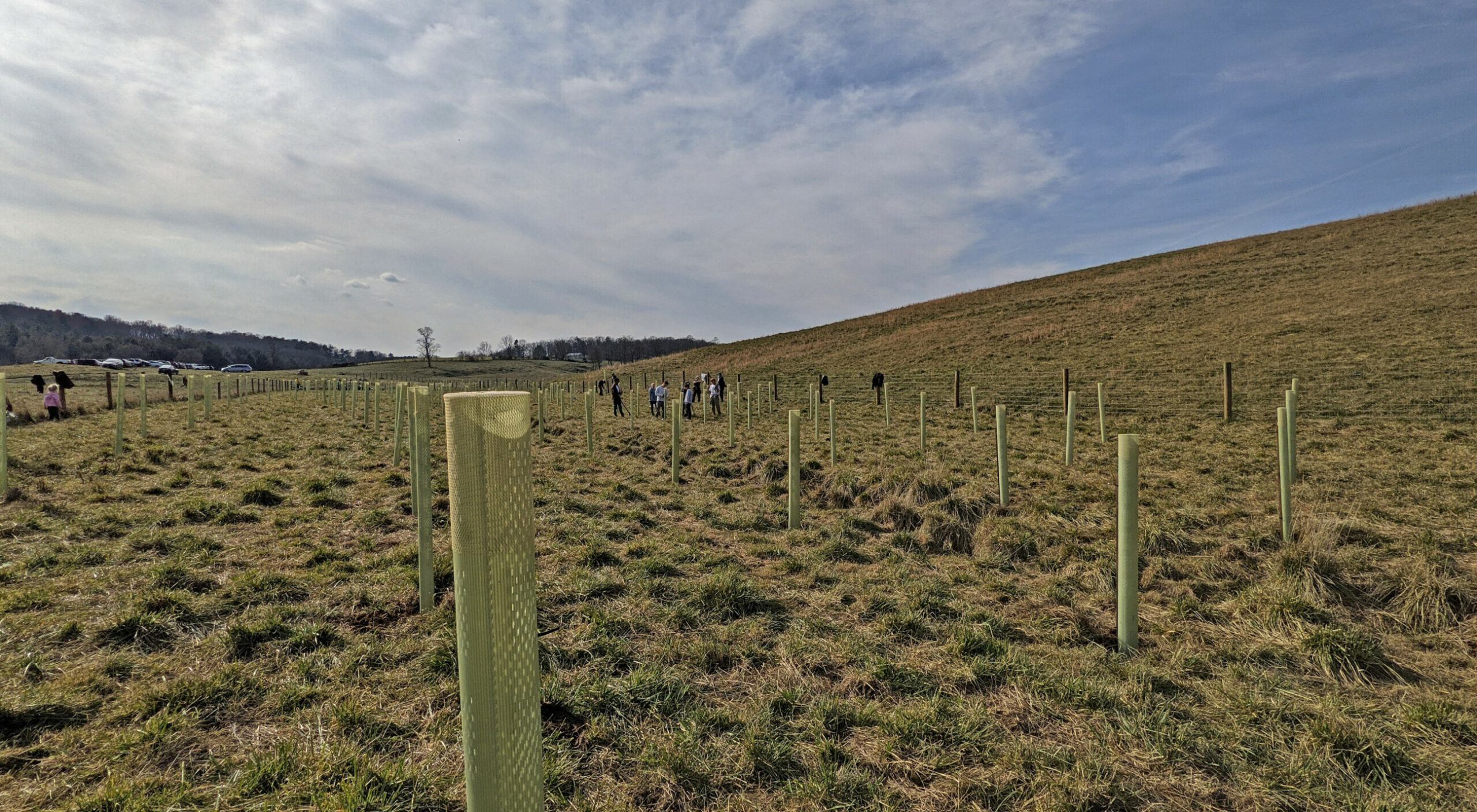It’s Chesapeake Bay awareness week!
For me, at least at first, that announcement elicits visions of nets, crabs, fishing boats, dolphins, sand. But that’s not how we experience the Bay here in the Valley. Rather, we are where the Bay begins. We are the first stewards of the water that travels from our springs into our streams, through our fields and towns to our rivers and eventually into the Bay via Potomac or James Rivers.
And sure, we take good care of that water to do our part for the Bay cleanup, but also, because taking care of our soil and water means we share a high quality of life here in the Valley. We at the Alliance promote practices that make local farms more productive and our water cleaner so that future generations will enjoy continued opportunities for farming, access to local foods, clean and abundant drinking water, splashing without worry in the local swimming hole and standing in awe at our gorgeous landscapes.
To celebrate this week, I invite you to take a journey with us along the South Fork of the Shenandoah River with stops in Augusta, Page and Warren counties where farmers and landowners are doing their part to make sure the water that leaves their property is cleaner and that the productive soils will be there for the next generation of farmers and stewards of all that we cherish in the Valley.

At the last Alliance board meeting we gathered at board member Eddie Bumbaugh’s home along Mossy Creek in Augusta County to learn about a recent stream bank restoration project by our partners at Trout Unlimited. The water in Mossy Creek flows into the North River near Bridgewater and then goes on to meet the South River in Port Republic where it enters the South Fork of the Shenandoah River.

Kmusser, CC BY-SA 3.0, via Wikimedia Commons
First up, Augusta County, where late last year, several staff joined in a group effort to plant trees along a creek at Alliance board member Bobby Whitescarver (below, top left) and his wife Jeanne Hoffman’s (below, bottom left) Churchville farm, Whiskey Creek Angus. The water in the stream we protected with trees and shrubs that day drains into the Middle River, then the North River, then the South Fork of the Shenandoah River, and then ultimately dumps into the Potomac before it joins the Bay. Nancy Sorrells was there and she wrote a piece for The News Virginian that sums up the day perfectly (Yep, I brought my daughter, below bottom middle, and was so glad to share this part of my work with her – she still talks about it months later!). Photos by Nancy Sorrells.





Next stop, Page County were the Cumbia family farm land right on the South Fork that is also bisected by a stream that joins the river on their property. They’ve implemented several agricultural practices including a streamside forest, planted with the help of our very own Chris Anderson wearing her tree-planter hat, that will clean the water as it passes through their farm. The Cumbias have also focused on a grazing practice for their cows that improves their soil, making it more productive and better able to filter water. And their cows are happy because they always have fresh water and are able to eat fresh forage almost all year round! Photos by Chris Anderson (left) and Kevin Tate (right).


Final stop, Warren County and a sneak peek from our summer newsletter (arriving in your mailbox soon!) where we tell the Hupman family’s story about protecting their 432-acre property along the South Fork with a conservation easement. As you will read in the newsletter, conservation easements are a great and lasting way to protect water quality because they ensure the land will never be developed. And, as the Hupmans report, even though their farm is under easement, they still have a productive farm operation and plans for agritourism businesses that are compatible with the water quality protections in the easement. Photo by Explore the Valley Photography.

And those are just three examples of what folks are doing throughout the Valley, every day, not only to protect the Bay, but also because it’s usually the best thing, for the landowner or farmer and for their neighbors and for all of us.

